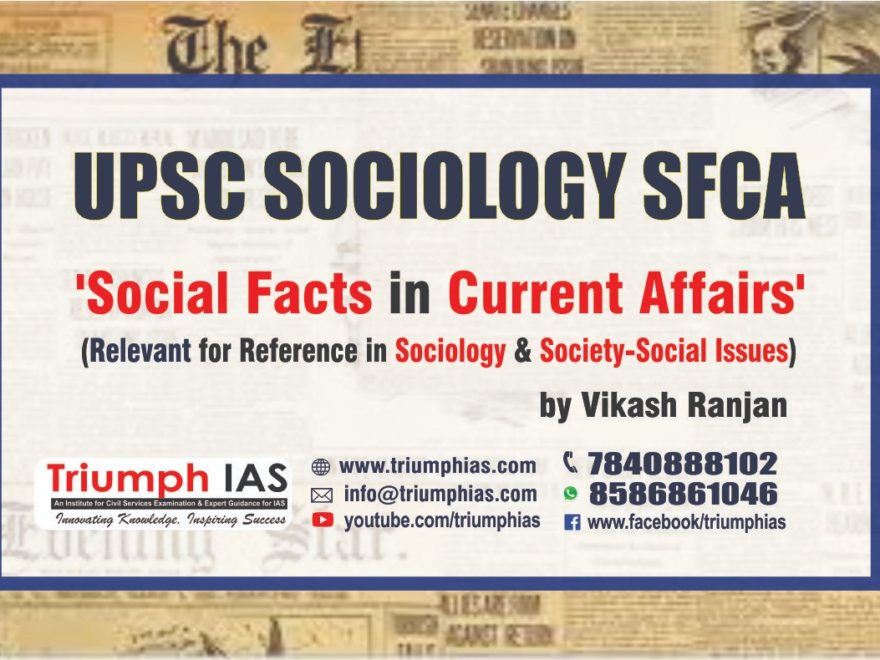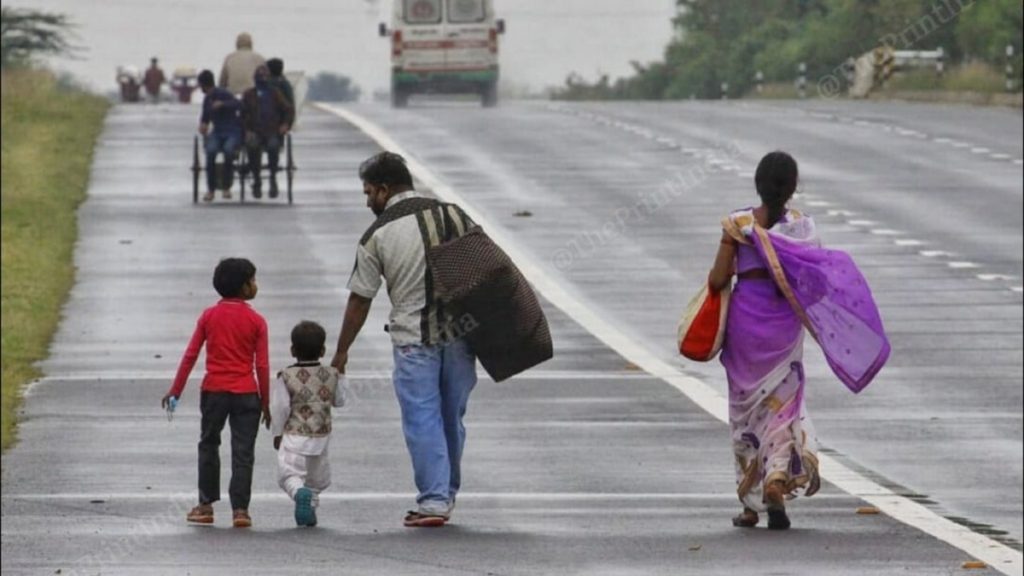‘Caste is deeply ingrained in our social system … but an emergency like a pandemic gives jolts and shocks to it’
In normal times, how does caste impact a rural migrant in metros?
In normal times, we assume that caste identities become weaker in the workplace of migrants, especially in the cosmopolitan cities. Our research suggests that caste remained as identities of migrants in cleverer forms. They use, reuse, hide and play with their own caste identities as per their requirements. They sometimes use it to garner social and political support in the localities where they live. Sometimes they hide it if they find that their caste may create trouble for them. We also find many cases where some of the migrants claim higher identities as their clever strategy for survival.
So caste for migrants, especially in the case of poor kamgars [workers] appears as instruments which they use strategically; most of the time it remains with them in a benign form. They keep accommodating and adjusting their caste identities based on context, because their main struggle in the destination is for survival. So in the destinations, caste identities of the migrants don’t appear as rigid and assertive in most of the cases, but work as flexible, strategic and instrumental.
During a pandemic, people are forced into a common situation such as travelling together in a truck. How does it affect caste behaviour?
What we find from narratives and interviews is that this pandemic and lockdown which took away their jobs led to a painful journey of return, followed by quarantine in their homeland. They had to almost forget their caste. Most of their experiences reveal that ‘jan bachawe aur ghar pahuchne ki chinta ke samne aur kuchh nahi sujhat rahe’ [Apart from worrying about our lives and reaching home, we could envisage nothing else]. Second, untouchability at the horizontal level between various castes was almost invisible. An experience narrated by an OBC youth is that in those difficult times we all became one caste, ‘dukhiyaron ka caste’ [the caste of miserables].
Most of the respondents revealed that when they entered in their ‘bastis’ after completing quarantine, the relationship between migrants of various castes appears different from normal times. The memory of suffering plays an important role in reshaping the meaning of their identity. Now they have a mixed identity in villages, the mixture of caste and identity experience of a kamgar who suffered from various jolts produced by coronavirus. Caste works within them in a diluted and benign form.
Can you give examples?
In their narratives, it appeared there was no untouchability and vertical distance based on caste in that difficult time. Water, food and goods were moving hand to hand without asking about caste. The help and providing emotional support to each other without considering caste appeared as one of the main trends of migrants’ behaviour. Caste emerged in their experience again but in a different way when some of them returned to bastis without following quarantine.
A new form of caste combination emerged in some of the villages which may be seen as a rupture in routine behaviour. In one village near Samastipur, Bihar, when a Dalit opposed a migrant of upper caste who entered in the village escaping quarantine, ‘forward’ castes supported the Dalit due to fear of coronavirus. Here, safety from infection became more important than caste. Here one can observe a slow transformation of identities from ‘caste public’ to ‘bio public’. This process may be momentary but may generate an ‘experiential capital’ which may help dilute at least a few elements of caste-ness in society.
Caste is a rigid social formation. How long can an experience like this be expected to play out?
Yes, caste is deeply ingrained in our social system. But an emergency like a pandemic gives jerks and shocks to this system. It sometimes ruptures its normal and routine nature. It breaks multiple dichotomies between various caste based categories and sometimes forms surprising combinations. The emotional capital from suffering in emergency remains part of our identities for a longer time and works slowly in invisible ways to reduce caste based arrogance and reshape our caste identities in sublime and benign forms. However, in India, we may read any social event from conflicting caste angles. But ‘experiential capital’ that can evolve social unity also remains part of our social process, which we need to explore.


